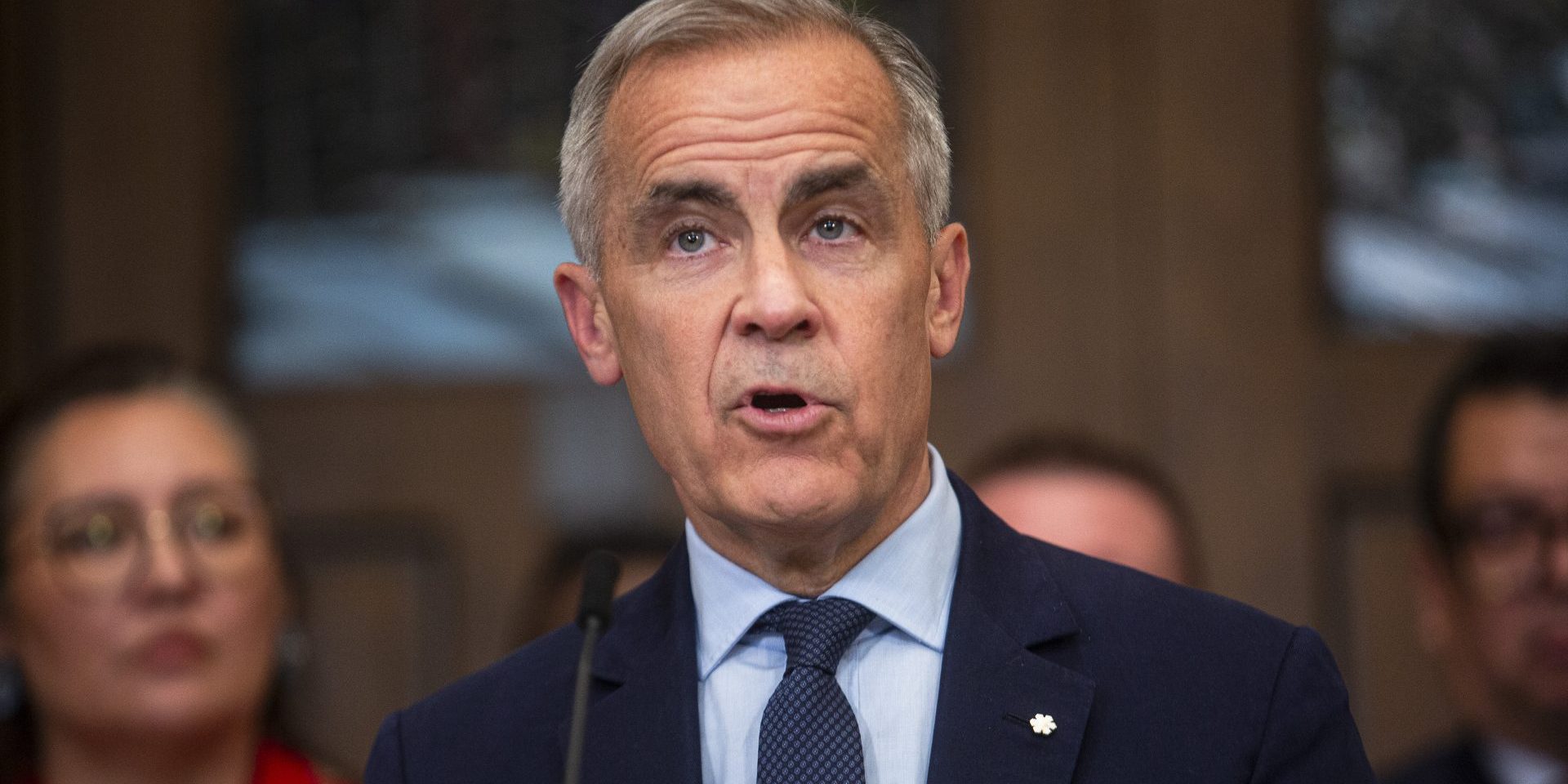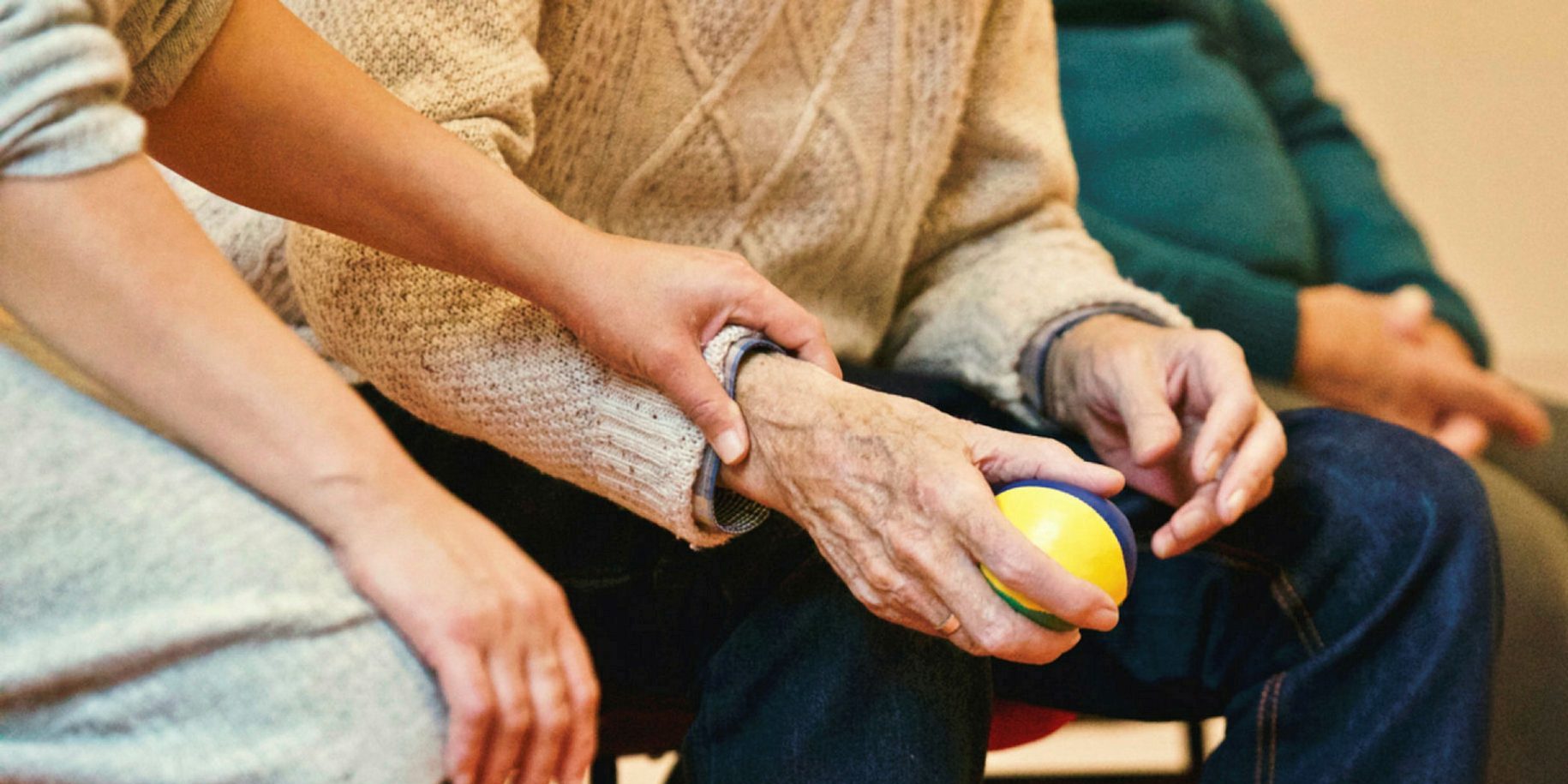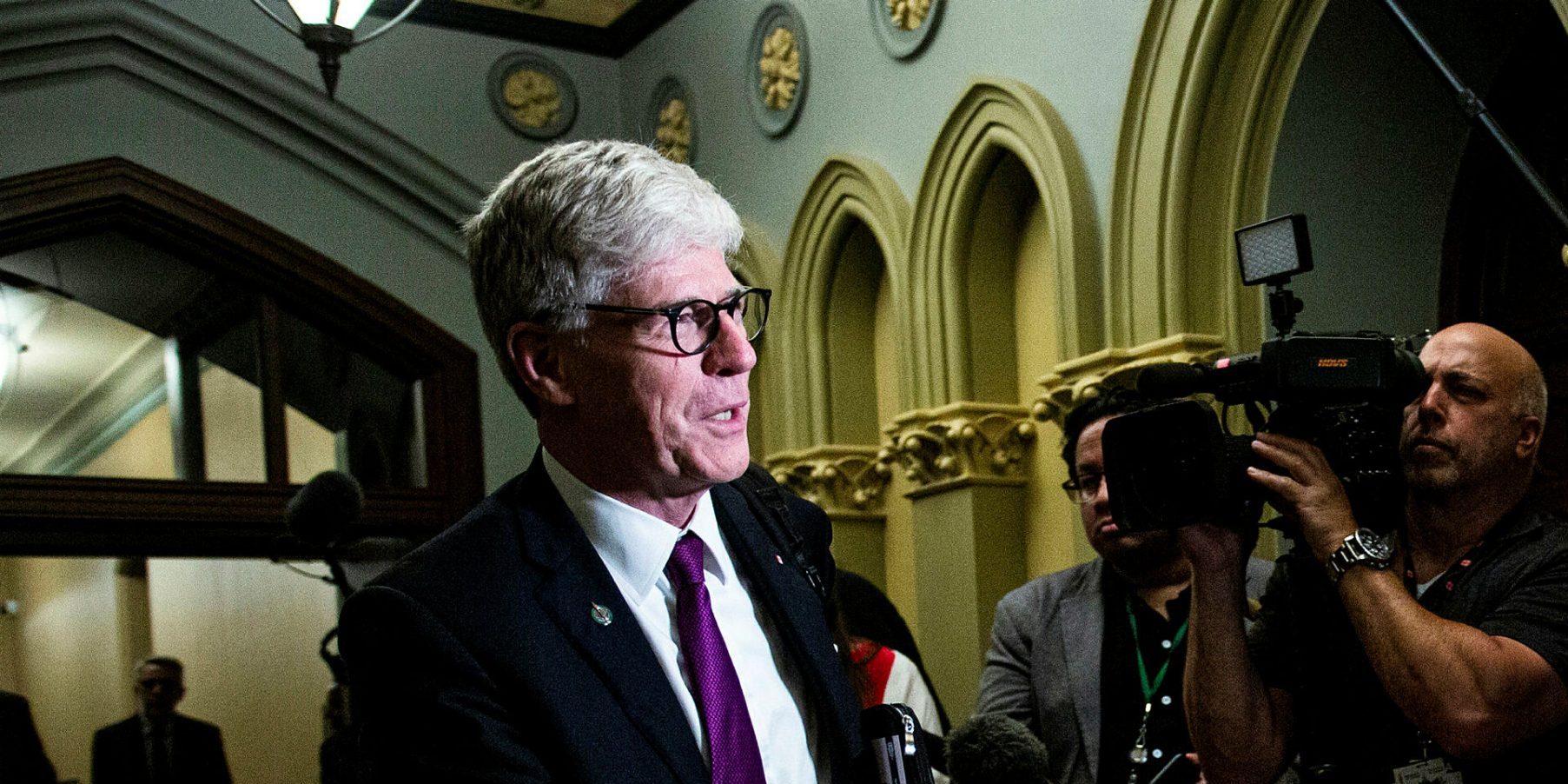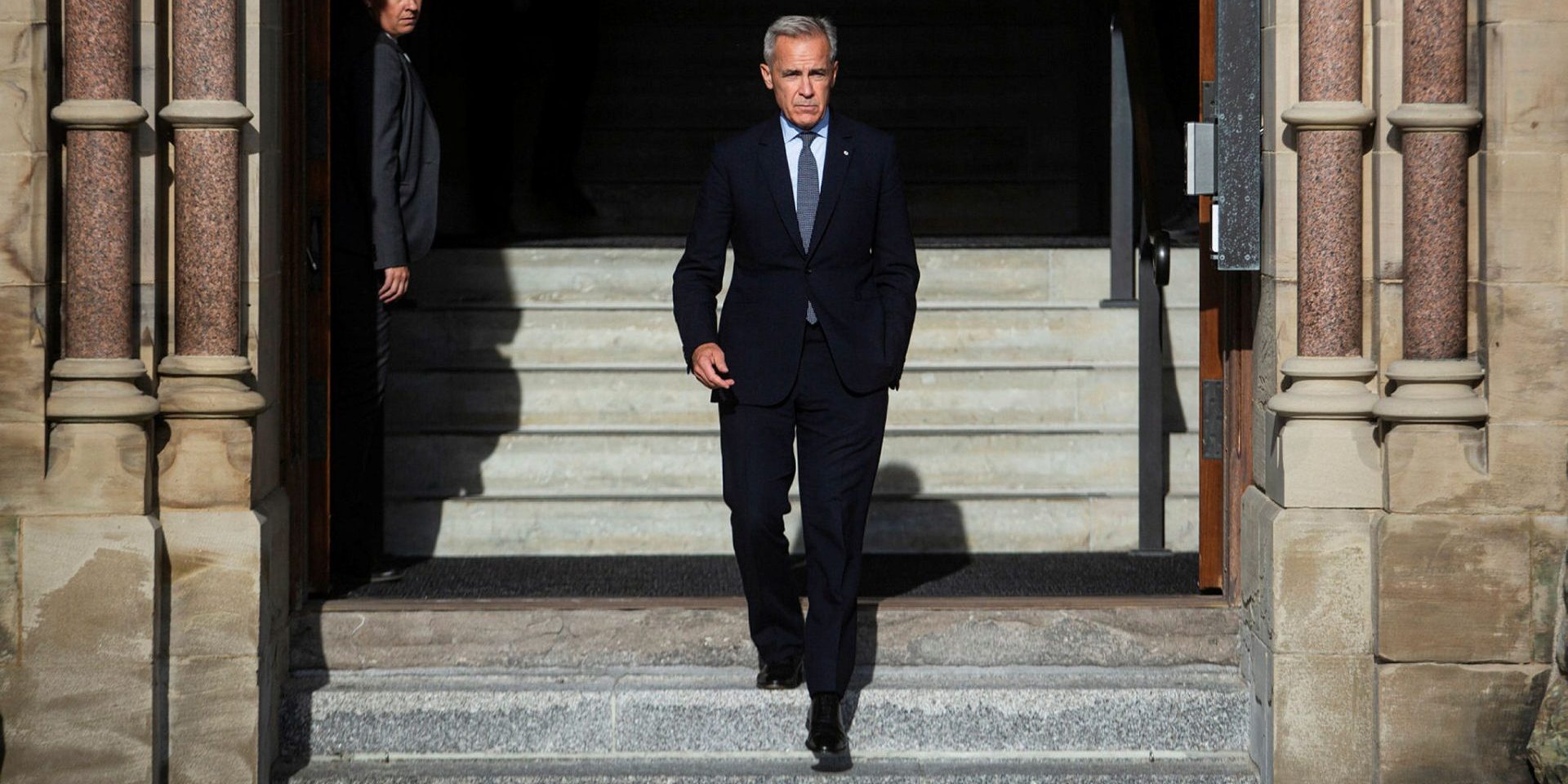Carney ‘buries Caesar’ by admitting his own mistakes

Friends, Romans, countrymen, lend me your ears;
I come to bury Caesar, not to praise him.
The evil that men do lives after them;
The good is oft interred with their bones;
So let it be with Caesar.
While I’m not interested in assigning the roles of either Antony to Mark Carney, or endorsing the despotic dogma of the right by suggesting Justin Trudeau is Julius Caesar, this first House session provided a real glimpse of how Carney will bury the memory of the “evils” of Trudeau’s style of governing.
Let’s start from a couple of premises: all in all, there were some very good early innings for Team Carney. Second, the public—especially the haters—have really not moved on from Trudeau. He’s still hated by significant swaths of the public including some Liberals.
Back to Caesar: I think history will be kinder to Trudeau than his contemporaries. I’d bet 10 years from now a more balanced view of Trudeau the Younger’s reign will be commonplace.
But getting from here to there will require Carney to bury some of the worst habits that have plagued Liberals for nigh on a decade.
One such change has already caught my eye: Team Carney made a mistake concerning the language of Bill C-5 (known as the One Canadian Economy Act), recognized it as such, offered a solution and an apology, and then moved on. What they didn’t do is dig in for weeks or months, compound the mistake, and then just as they were about to reach the other side of the kerfuffle, cave in and do the thing that was obvious from day one.
One need look no further than Trudeau’s drawn-out resignation process for an example of how this is not Carney’s approach.
To everyone in political Ottawa—save Trudeau and the one or two people left in the bunker with him last December—it was obvious his time was up on the day Chrystia Freeland resigned as finance minister. And if somehow it wasn’t, it sure was plain as day at the Liberal caucus’ Christmas party the next night: be it the maudlin applause Trudeau got; the number of MPs—including cabinet ministers—who didn’t stand for him after he spoke; the much larger line to see Freeland than that to see the PM; or the overall palpable feeling of “we’re all going to die” among the guests. The only thing missing was a flashing neon “exit” sign with a big arrow.
And yet, Trudeau hung on for almost a month.
As a result, the new leader and now-Prime Minister Carney was faced with some very awkward choices around the timing of an election and the recall of Parliament, and not to mention the lack of a functioning government in Ottawa for almost six months during a time of polycrisis.
To be clear, I believe Trudeau handled Trump’s tariffs exceptionally well, and that fact will be a significant part of history’s more generous views on his leadership in years to come. But bugger all else got done in Ottawa between December and May.
Team Carney, whether through a genuine rookie error or poor drafting/communication, created a significant problem with its signature piece of legislation out of the gate: Bill C-5 contained language that suggested cabinet could, by order-in-council, simply set aside the Indian Act and, by extension, the rights inherent to Indigenous Peoples in the name of getting a big project built.
Now, given that’s not how constitutions work and that Sec. 35 of the Constitution is where those Indigenous rights “live,” it’s unlikely any such attempt would survive first contact with a court of competent jurisdiction.
But nonetheless, it gave a bad impression. Coupled with a failure to truly consult First Nations in advance of tabling the legislation in the first place, it isn’t unreasonable for Indigenous groups like the Assembly of First Nations to look at the situation with concern.
So, what did the government do? It worked to understand the problem, admitted a mistake, fixed it and moved on. The world didn’t end. The sun still rose in the east. The building formerly known as Langevin didn’t crumble to dust.
While there may be protests over the summer, the bill was amended to fix the error, and the prime minister has committed to meeting with Indigenous leaders in the coming days so that he can hear their concerns and agree on a path forward that meets his goal of speeding up large projects while still respecting Indigenous rights and title.
That’s how governments are supposed to function: focus on solving real problems impacting real Canadians—all Canadians—and when you can find a solution, do it and move on.
I’m willing to bet Carney’s numbers continue to be solid, and I bet the Canadians paying attention actually give him credit for admitting mistakes and fixing them.
Jamie Carroll is a former national director of the Liberal Party of Canada, and is now an entrepreneur and consultant.
The Hill Times





 LICENSING
LICENSING PODCAST
PODCAST ALERTS
ALERTS


